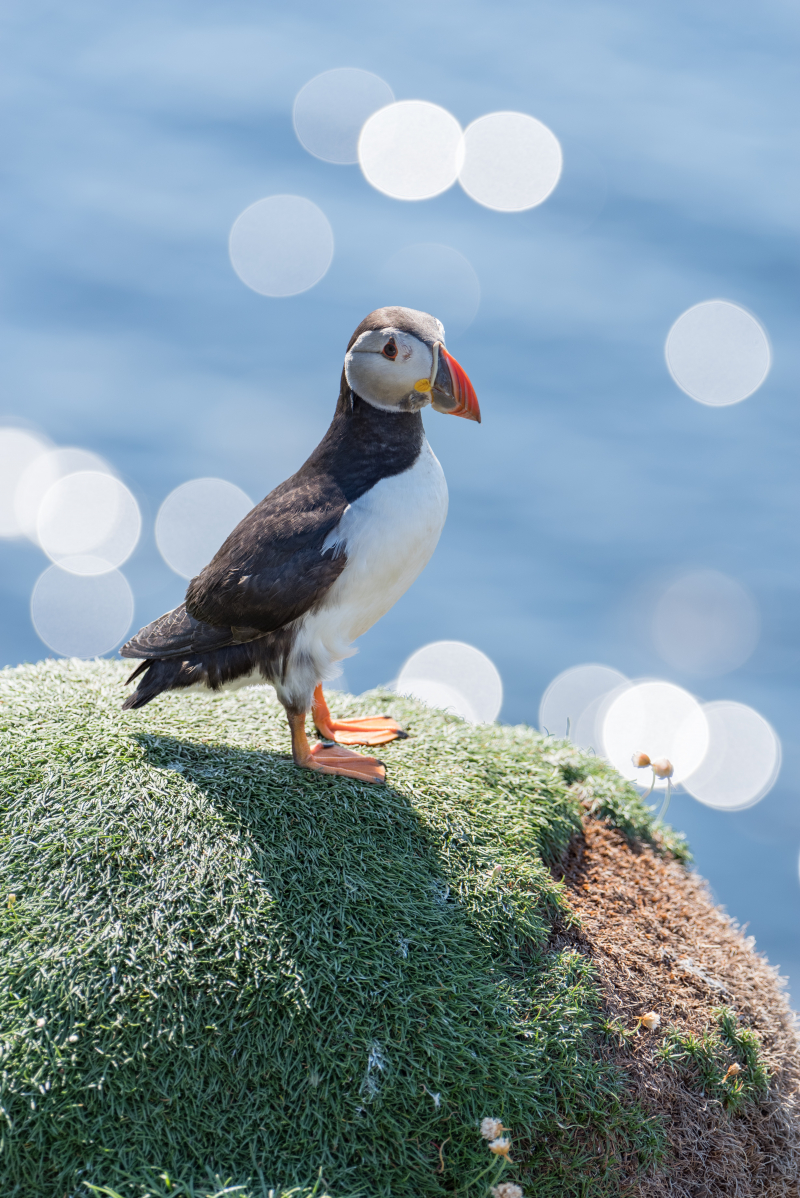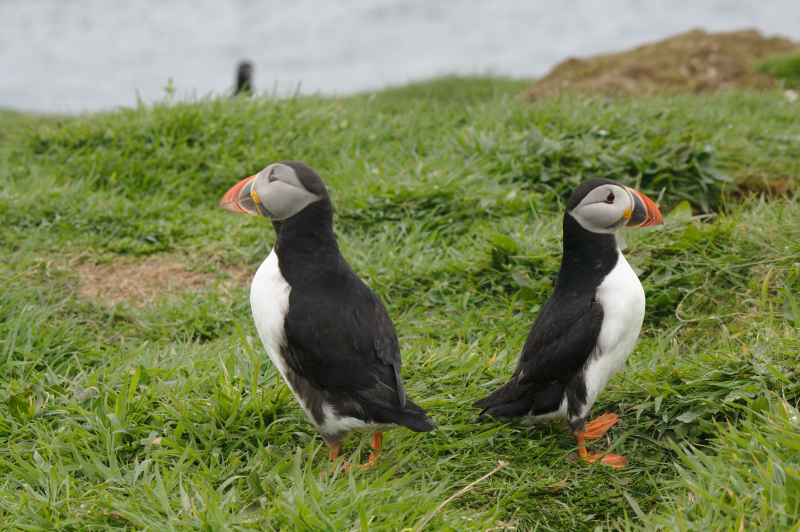Isle of Mull
The Isle of Mull is a beautiful island located off the west coast of Scotland in the Inner Hebrides, and it is one of Scotland's best bird watching locations. The island has an abundance of wildlife, including White-Tailed Eagles, also known as Sea Eagles, due to the lack of human interference. During the winter, eagles court and build nests. They lay their eggs in March, incubate them for about 40 days, and the young begin to fly after 10 to 12 weeks if the nesting is successful.
The most common mistake visitors make when coming to Scotland to go bird watching is underestimating the sheer size of the landscape. The Isle of Skye, for example, has over 1000 miles of coastline, while the Isle of Mull has nearly 300 miles of coastline, all of it rugged, rocky, frequently wet and sometimes dry! You'll also get a "feel" for the landscape in that area, and you might get some tips from locals on what's nearby. Wildlife tour operators in Scotland are very approachable, so if you come across one of their trips, don't be afraid to ask for their advice.
Sightings during the breeding season differ greatly from those in the autumn or winter. Waders, for example, are highly territorial in the spring and summer but extremely sociable in the winter. A Golden Plover will nest on remote and bleak moorland, but outside of the breeding season, they can be found in large flocks in a field near a road. In terms of binoculars and possibly telescopes. It is a very large country here, and a telescope will come in handy. Binoculars are "essential" whether you are a birdwatcher or not. If you join one of Scotland's land-based wildlife tours, you will most likely be provided with binoculars for the day, but many sea trips do not; remember, there is always the possibility of seeing that distant whale. Binoculars are useful for spotting seabird colonies or dolphins offshore. If you don't have your binoculars with you, that sitting Eagle on a mountainside can drive you potty.
Location: Scotland

















